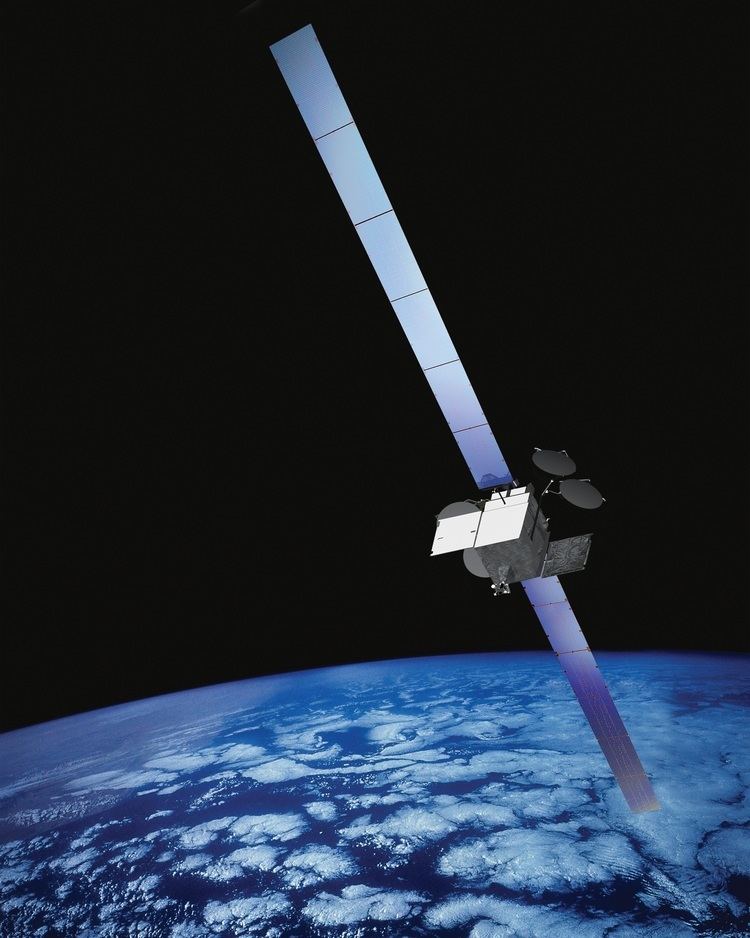Operator SES SATCAT no. 41381 Bus BSS-702HP Launch date 4 March 2016 Launch mass 5,271 kg | COSPAR ID 2016-013B Mission duration 15 years Launch site Cape Canaveral SLC-40 Launch mass 5,271 kg Mission type Communications satellite | |
 | ||
Similar SES‑8, JCSAT‑2B, SES‑7, Thaicom 8, SES‑10 | ||
Ses 9 full webcast
SES-9 is a geostationary communication satellite operated by SES S.A. SES-9 was successfully launched on Falcon 9 full thrust on 4 March 2016.
Contents
- Ses 9 full webcast
- Spacex falcon 9 launches ses 9 satellite
- Satellite
- Market and coverage
- Launch
- References
Spacex falcon 9 launches ses 9 satellite
Satellite
The payload on Flight 22 is SES-9, a large commsat intended to eventually operate in geostationary orbit in an orbital slot at 108.2 degrees east longitude, providing communication services to northeast Asia, South Asia and Indonesia, as well as maritime communications for vessels in the Indian Ocean, as well as provide mobility beams for "seamless in-flight connectivity for domestic Asian flights operating in countries like Indonesia and the Philippines".
The satellite was built by Boeing, using a model BSS-702HP satellite bus.
SES-9 had a mass of approximately 5,271 kilograms (11,621 lb) at launch, the largest Falcon 9 payload yet to a highly-energetic geosynchronous transfer orbit (GTO).
Market and coverage
SES-9 has 57 high-power Ku-band transponders, equivalent to 81 transponders of 36 MHz bandwidth and, co-located at 108.2°E alongside SES-7, it will provide additional and replacement capacity for DTH broadcasting and data in North east Asia, South Asia and Indonesia, and maritime communications for the Indian Ocean. Broadcasts are on six Ku-band coverage beams:
Launch
A successful static fire test of the rocket was completed on 22 February 2016.
Four launch attempts, on 24, 25, 28 and 29 February 2016, were aborted because of issues. The fifth launch attempt on 4 March 2016, 11:35 pm local time, was successful.
